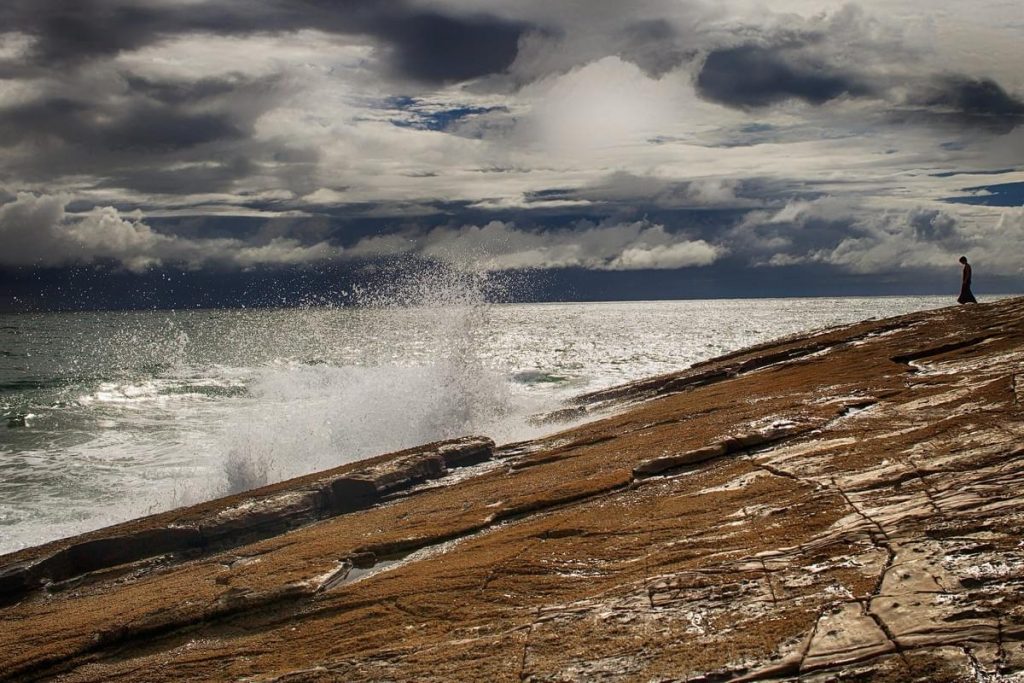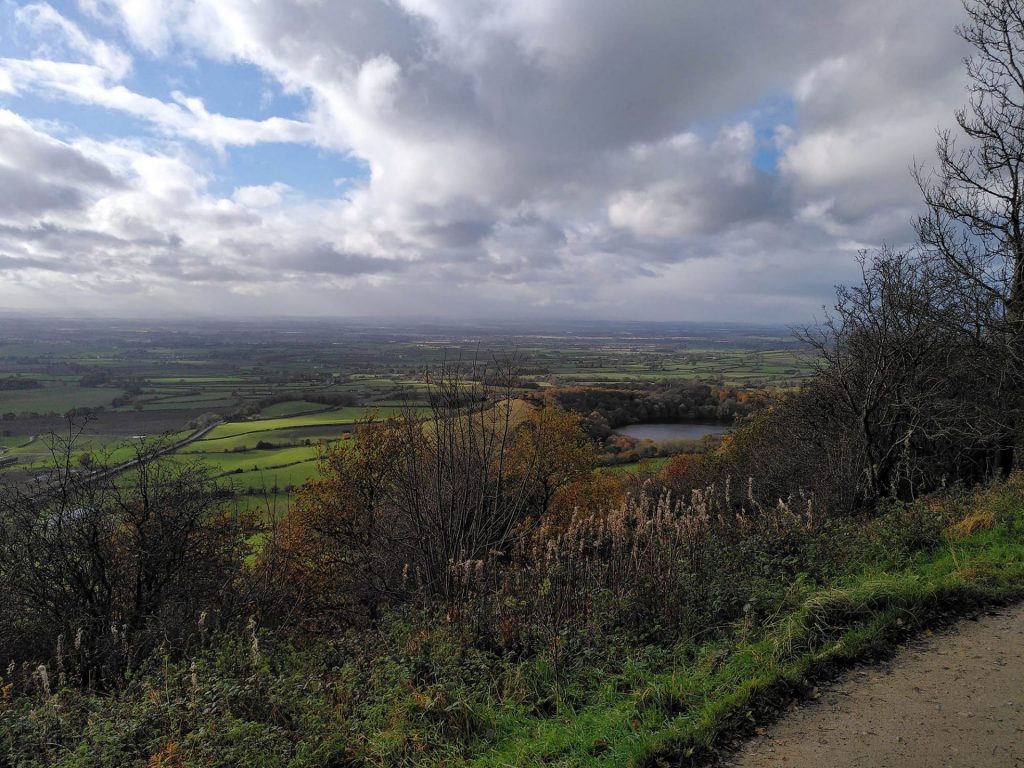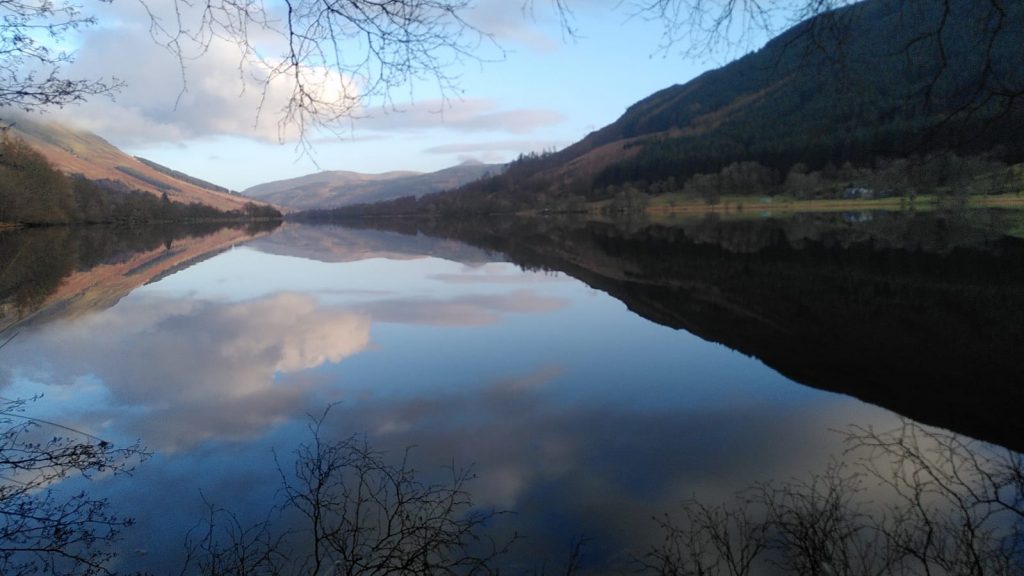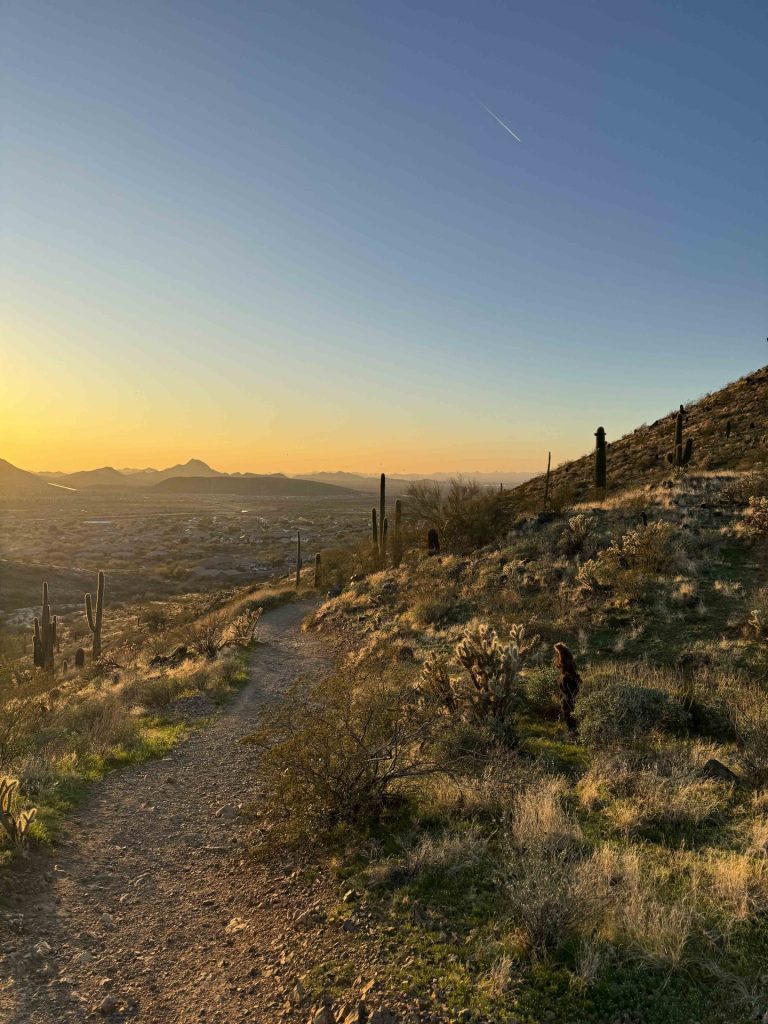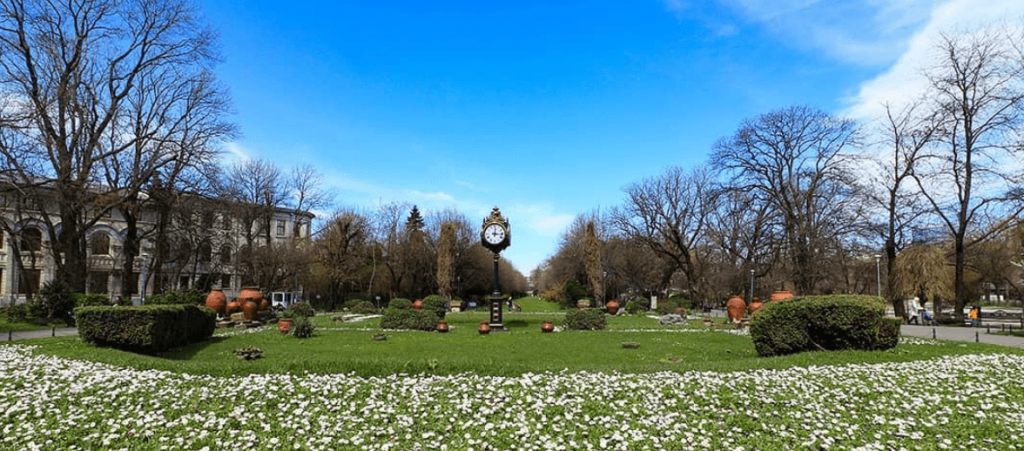
Do you know the time?
Marvellous, ok. Next one:
Do you know what timezone you’re in?
It turns out travelling for 4 years and working with international teams for 6 has sharpened my timezone skills more than average. I can tell the difference between a WIB and an EST and I know my CET from my CDT. I also know that the most of the US ‘springs forward’ one hour earlier in March than most of Europe so there’s a fortnight of confusion as the time gap widens and most people turn up an hour late or early to online meetings. It’s an admin nightmare!
I had extrapolated my ‘everyone’ to literally everyone but as it turns out my assumptions proved incorrect (no real surprise there). Here in the UK, I polled a few friends and family; what timezone are we in? The answers I received were ‘Greenwich Meantime’ and ‘Greenwich Summertime’ [Can I get a big ‘huh?!’ from my Digital Nomad pals]. No, no, no. To my fellow Brits in the height of summer [when I started writing this post] – we are in BST – British Summer Time! The time of Wimbledon and strawberries and cream [except not so much in 2020].
When I realised I was in the minority I knew I had to find out more – cue a time rabbit hole. What follows is some myth busting around time and some really fascinating timezone trivia. 🤓
What are time zones?
A region of the globe that observes the same time; there are 24 time zones. The drive to standardise time in the same country, let alone across different countries was fuelled by the industrial revolution and the need to create accurate timetables for the new growing railway system in the UK. As the world became global (read: the British Empire expanded) there was the need to standardise time globally for communication purposes. Splitting the world into 24 slices for time dates back as far as the 1850s but while many countries were using national standardised time, it took decades before a global consensus was made. In the 1880s at the International Meridian Conference, 26 nations decided that Greenwich meantime would be the global zero longitude. By 1929 most countries had adopted the global hourly timezones, however these slices are altered in shape to benefit where people are living and/country borders. Here’s a great interactive map exploring all the different timezones: https://www.timeanddate.com/time/map/
What is daylight saving time (DST)?
It’s the practice of shifting clocks in accordance with the seasons, moving ahead an hour in Spring for 6 months and back again in Autumn. Countries around the Equator tend not to use DST as there is not much variation in daylight hours during the year.
Where did Summer Time come from anyway?
A young Benjamin Franklin first conceived of the idea in 1784. A century later George Hudson, British-born entomologist in New Zealand, pushed the agenda further in the pursuit of more leisure time after work in 1895.
Further reading shows the campaign to change the time in Britain started in 1907 with a pamphlet ‘The Waste Of Daylight’ by William Willett. A passionate golfer, here’s an evocative extract as I return to finish this blog months on from when I started and the days get noticeably shorter:
Everyone appreciates the long light evenings. Everyone laments their shrinkage as the days grow shorter, and nearly everyone has given utterance to a regret that the clear bright light of early mornings, during Spring and Summer months, is so seldom seen or used.
It was however the German Empire and their allies who were the first countries to move one hour ahead in summer months, during WW1. But get this: so did other European countries including Britain and France a few weeks later, even though we were fighting against them. This boggles my mind a little bit.
In Britain we’ve dabbled with Summer Time quite a bit. During WW2 we were on Double Summer Time before phasing back to regular daylight saving by the end of 1945. We paused Daylight Saving in 1968 then resurrected it 1971.
It was the UK in 2000 that pushed for the EU to align the day to ‘spring forward’ to the last Sunday in March and ‘fall back’ the last weekend in October. But we’ve left the EU now, so what happens now? Good question, we’ll come back to that one shortly.
Wait, but I thought we shifted our clocks so Scottish school children didn’t have to go to school in the dark?!
Does anyone else (from the UK) have this story embedded in them like me and my pollsters?
But when my housemate and I interrogated this story we realised it didn’t make any sense. It didn’t explain jumping ahead in summer, it was about daylight during winter, which is GMT.
For anyone else who grew up believing this story – here’s the real reason we have summer time: fuel and money.
During WW1 there were worries about fuel shortages and moving the clocks forward an hour would add extra daylight to people’s evening thus reduce electricity requirements. It also added an hour’s productivity for factories and farmers. And in our industrial society time is money!
But what about those Scottish school children?
After a bit of digging, it turns out that this story emerged into our consciousness due to campaigns and a subsequent government report in 2010 exploring the idea of staying on BST (GMT+1) all year round or switching (back) to Double Summer Time. Climate change campaign 10:10 (now Possible) supported the idea predicting it would “save almost 500,000 tonnes of CO2 each year, equivalent to taking 185,000 cars off the road permanently.” It was contentious, reports suggesting there’d be more leisure time, less road accidents etc. A spokesperson of the Scottish government said; “Reduced daylight between 8am and 9am in Scotland could potentially increase the danger for children travelling to school in the dark.” The campaign failed.
So now you know.
Some more time trivia, did you know?
- In 1960 Greenwich Meantime became referred to as Coordinated Universal Time (UTC) as we shifted to atomic time rather than time based on the Earth’s rotation.
- Spain is on Central European Time (CET) despite it being geographically aligned with GMT. And that is because Franco wanted to align with Hitler during WW2 so shifted the country to Germany’s timezone.
- Less than 40% of countries use a Daylight Savings Time – here’s a map of the majority of countries using Daylight Saving Time in 2020:

Source: Dateandtime.com
- Arizona and Hawaii are the only states in the US that do not change timezone [Source]
- Chile stays in its DST all year
- Not all time zones are round numbers: India’s standard time is 5 hours and 30 mins ahead of UTC, South Australia is UTC +9:30
- Nepal opts for UTC +5:45 and New Zealand Chatham Islands are UTC +12:45
- Oh and in 2012 Jacob Rees-Mogg, Conservative MP, suggested an amendment for the county of Somerset to have its own time, 15 mins behind London!
- And in 2020 Marco Rubio, Republican Florida Senator in the US has introduced a Bill to stay on Daylight Savings Time for a year to “provide one year of stability for families who are already dealing with enough change with virtual learning, work from home, and other disruptions the COVID-19 pandemic has placed into our daily lives.”
For more time trivia and the argument to ditch time zones altogether 🤯 check out this great video from WIRED:
Daylight saving is no more for EU member states
You might have missed this news story back in March 2020 (there was quite a bit happening); the decision to “scrap the twice-yearly clock change by European Parliament” means this is the last time clocks will fall back. From next year, “member states will have to choose whether to remain on permanent summer time or permanent winter time.”
But of course the UK is no longer part of the EU – so what time will we choose? According to gov.uk website, currently we are still set to spring forward next year.
Then where does that leave our neighbours Ireland? We currently share the same timezone but as EU members Daylight Saving will be scrapped.
What a (pointless) pickle in the middle of a pandemic. 🤦🏻♀️
And my favourite personal time story
👉🏽 I’m a day older than you think I am. Because I have lived the same day twice. 🤯
Say what?
On my gap year in 2009 I went one-way around the world carving my own route, partially inspired by my then hero Ewan McGregor and his trip The Long Way Round. I spent some time exploring two countries in the Pacific Islands: Tonga and Samoa. Apart from being quite distinct geographically, Tonga being low-lying atoll islands and Samoa being much steeper, rockier and volcanic, they also sit on either side of the International Date Line but are not very far apart. The flight is just a few hours but the departures and arrivals board was very confusing. So when I left at 10am on Friday in Tonga, I arrived in Samoa midday on Thursday.
I met some friends and lived Thursday all over again. 🤯
I explored Savai’i, the western most island of Samoa alone. From my fale in Falealupo-tai at the most westerly point in the world I watched the sun set in the future. The International Date Line was only 20 miles away and beyond that was tomorrow. 🤯
I was able to look back to the future. 🤯
And here’s a photo of that sunset in 2009:

My travels took me further east, never going near the International Date Line again. So I relived the same day twice and never ‘lost’ the day again. 🤯

A few more snaps from my 2009 journey – Tonga on the left, Samoa on the right
The epilogue to this story and one last bit of time trivia
On researching this blog I have found out that as of 2012 Samoa no longer sits on the other side of the International Date Line to Tonga – not because Samoa moved (!) but because they moved the line! So if I had taken my trip a few years later I would not be able to claim the above.
The re-drawing of the international date line in 2012 was to align Samoa and Tokelau with its trading partners, New Zealand after 119 years of aligning themselves with the US. They celebrated 4 July twice in 1892 to ring in that date change. The whole country skipped December 30 2011 altogether. A Guardian article at the time notes, “all those scheduled to work on the nonexistent Friday [were] given a full day’s pay.”
So there you have it, a little bit of time travel. And so what?
I’m noticing a thread in my recent exploration; looking back at the origin of how things we take for granted now came to be; such as; quotas at work, neoliberal politics, feminism being uncool when I was growing up, why we often think of ourselves just as consumers, why the curry is the UK’s favourite dish, tea our national drink and our insatiable appetite for sugar.
And even time itself.
It seems to me, learning that things were not always the way they are now and that there were nearly always political or power reasons for the current status quo makes me feel two things:
- That change absolutely needs to happen, with more people included in making the decisions so that we make things fairer
- That change can and will happen, hopefully just in time.

Psst: I’ve just learnt about ancient Japanese 72 micro seasons – another 🤯 moment. So expect another time rabbit hole soon!
